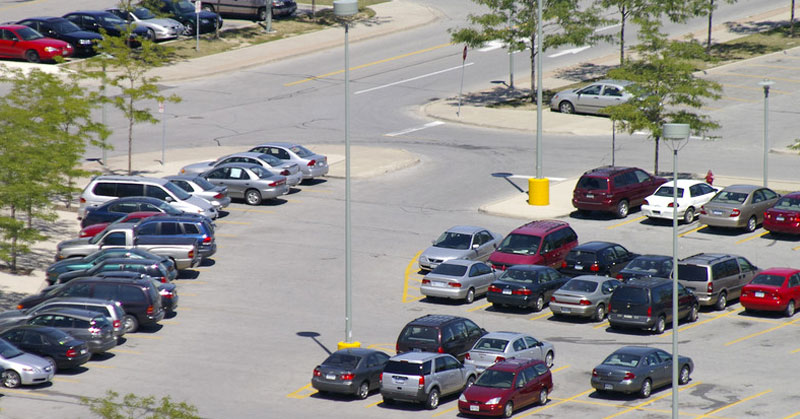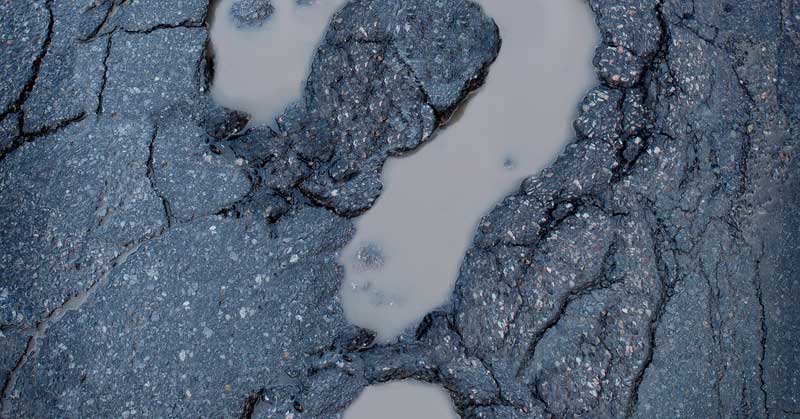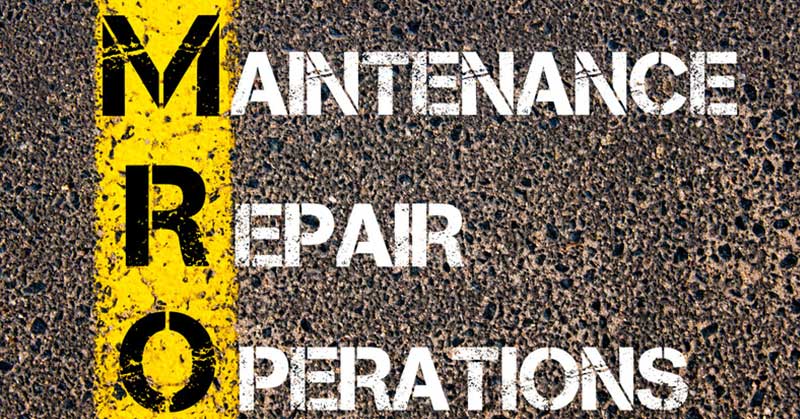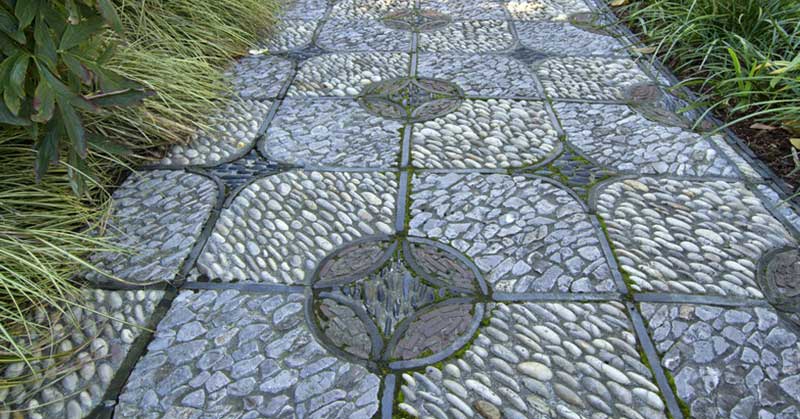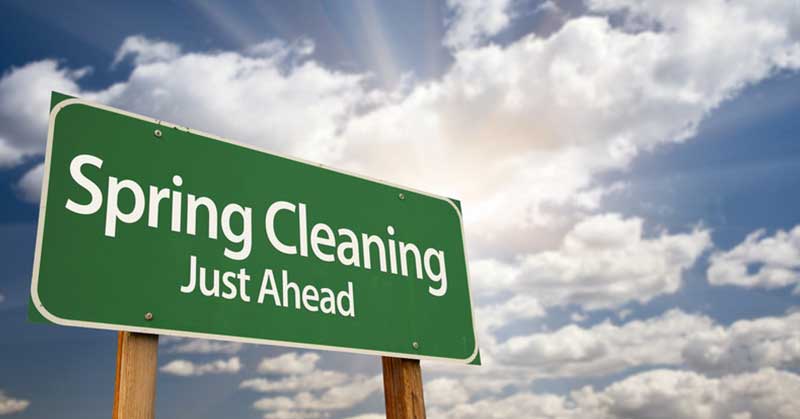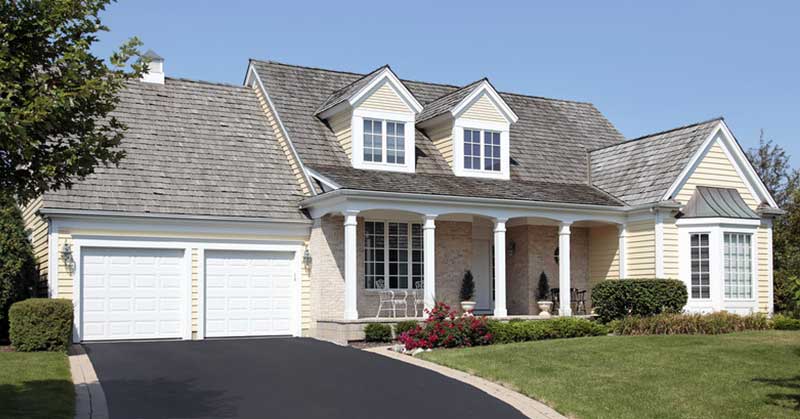August is usually the hottest time of year in most areas of the country. That extreme heat can impact anything that is exposed to it on a daily basis. That includes paved surfaces. You may be lulled into believing that if pavement can withstand heavy vehicle traffic, it must be able to hold up under almost any circumstances. But that is just not true. In fact, weather has a huge effect on both asphalt and concrete. Here are a few ways in which the weather can impact roadways and parking lots:
- Summer sun and heat – The hot summer sun causes pavement to expand. Once this happens, it’s typical for cracks to form. If those cracks aren’t repaired right away, they can become larger and allow rain and irrigation water to seep under the surface. This can deteriorate the sub-layers of the pavement, weakening the foundation. Once it’s weakened, the pavement can develop potholes and/or crumble around the edges.
- Rain – Arguably one of the most damaging types of weather for any paved surface is rain. If your parking lot or roadway doesn’t have adequate drainage, puddles can form. That collected water can seep into the pavement and weaken the sub-layer beneath the surface. You can easily see the damage caused by runoff if you have a paved surface directly underneath a gutter or downspout. Eventually, the water will actually wear the pavement down to the point where only gravel and aggregate are left behind. It’s important to make sure you have adequate drainage to protect your parking lot and/or roadway.
- Cold weather – Even the warmest climates occasionally experience cold weather. When a freeze/thaw cycle occurs, pavement expands and contracts as the temperature changes. That can make existing cracks much worse, and once cracks are allowed to grow, it increases the chances that water will seep below the surface and cause more extensive damage.
While it’s true that weather can take a toll on paved surfaces, it’s also true that you can take preventive measures to minimize the damage. Routine maintenance – such as seal coating – and being sure to have small cracks and potholes repaired promptly can help to reduce the amount of damage caused by all types of weather. And that can extend the life of your paved surface. Talk to a local paving contractor about what steps you can take to prevent weather-related damage from occurring to your parking lot or roadway.

